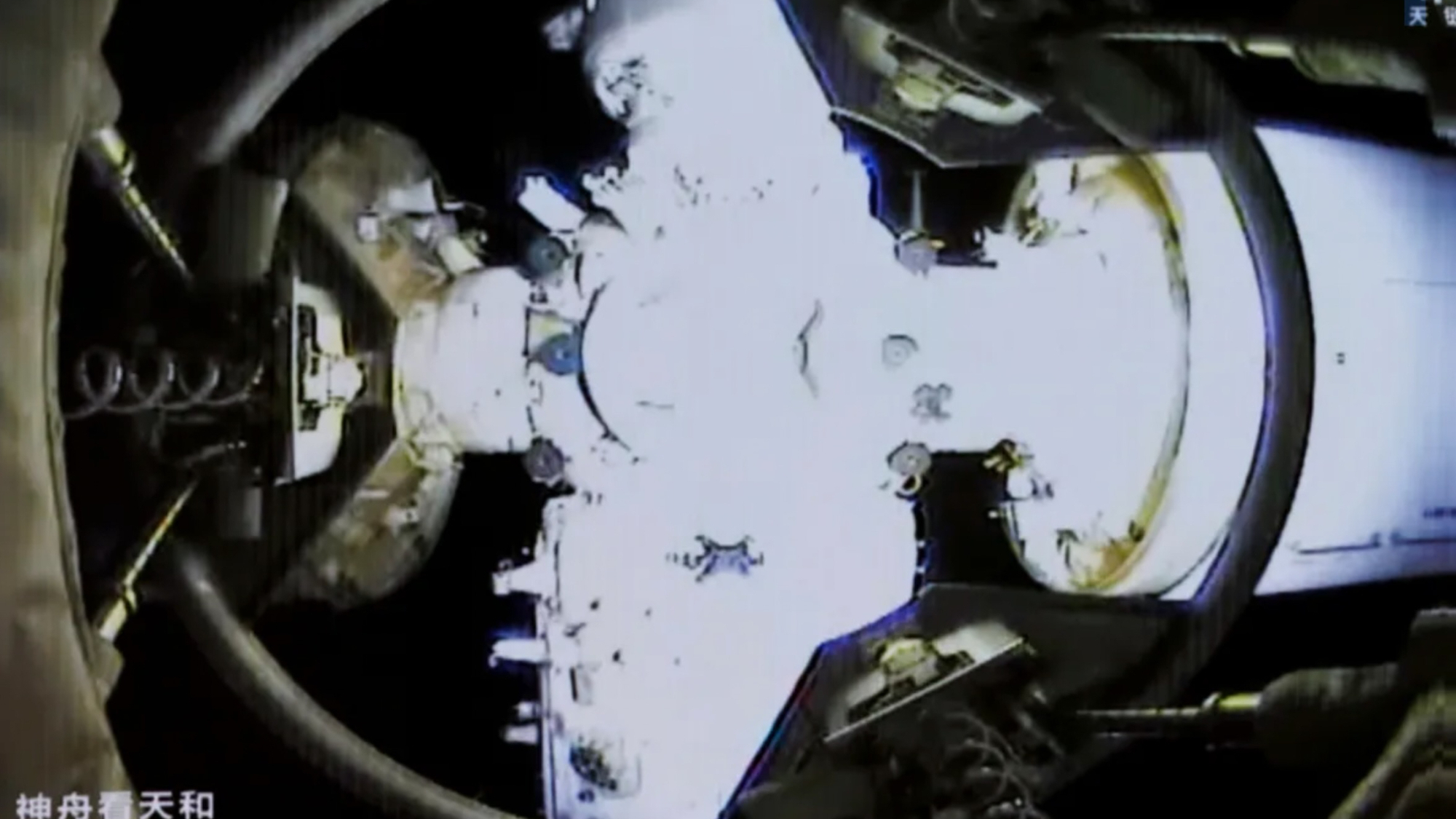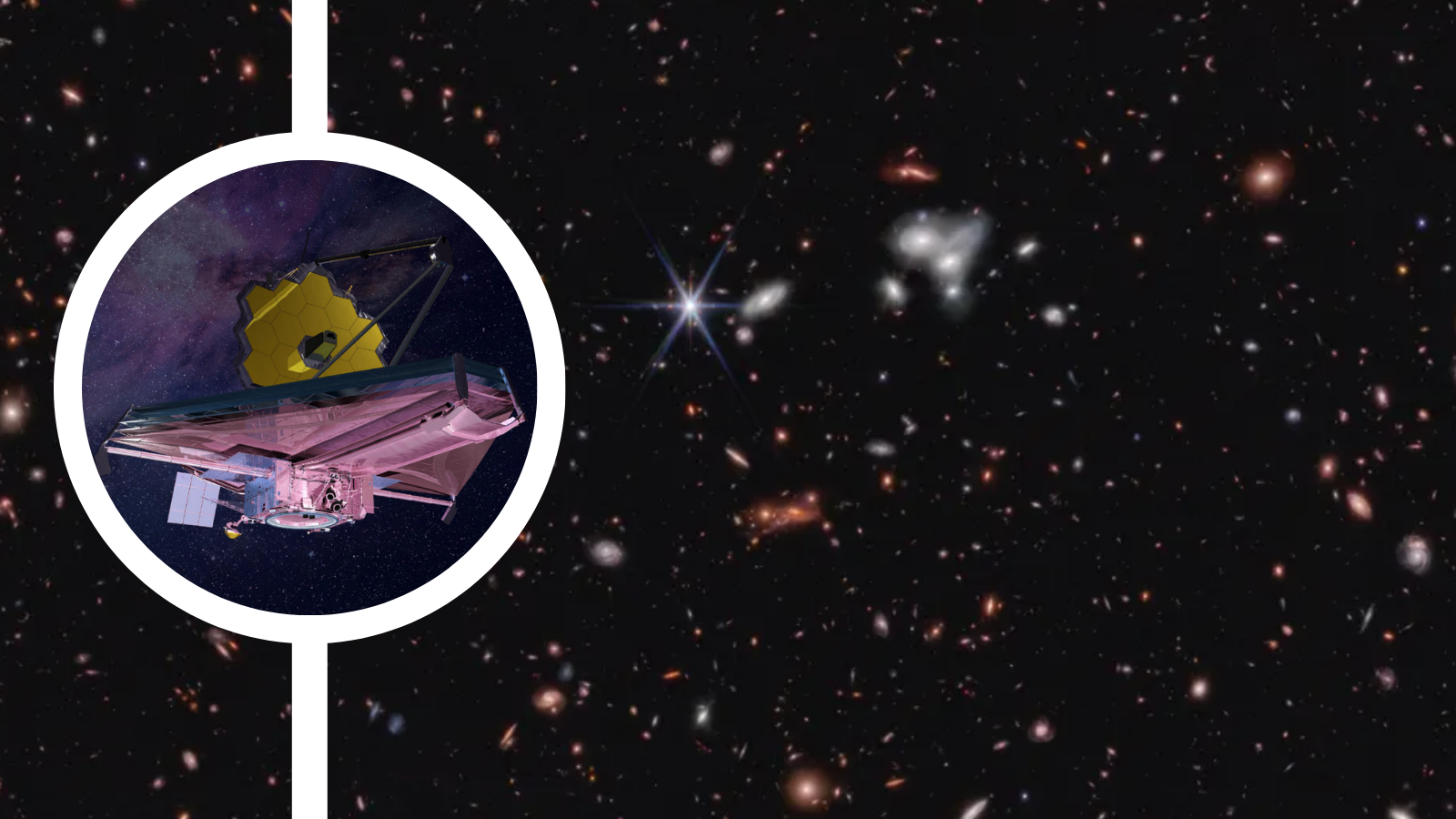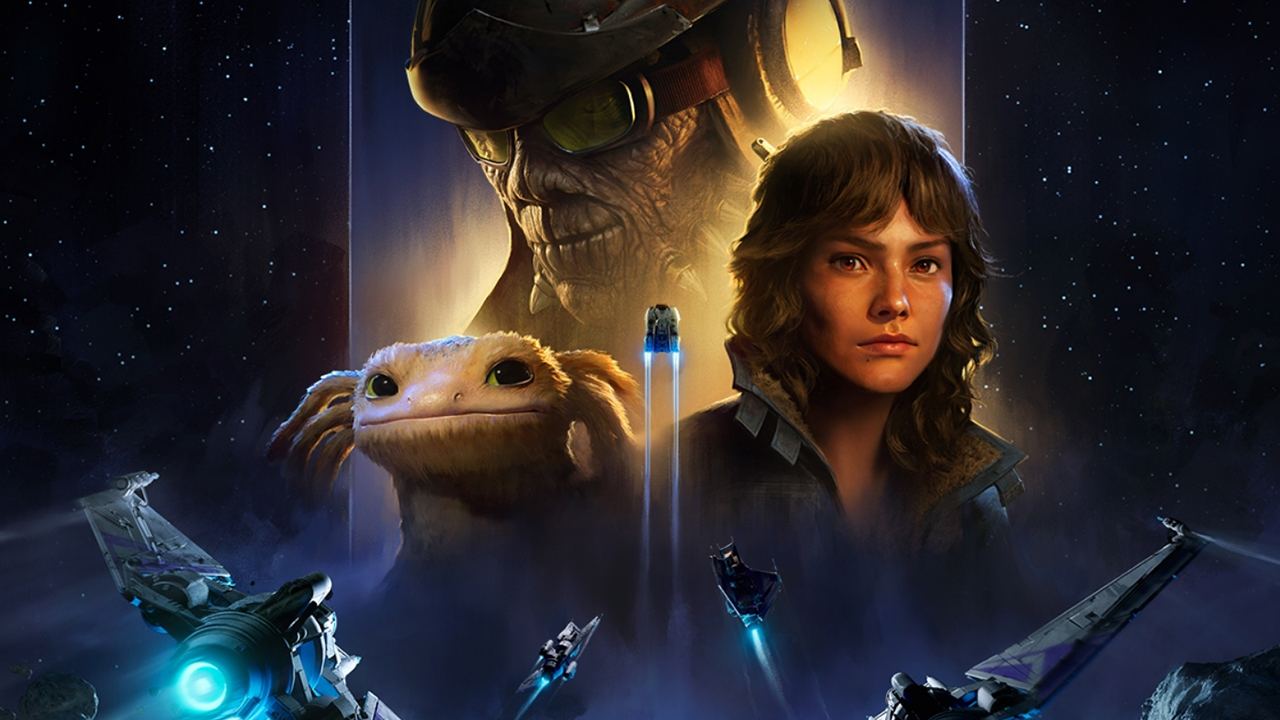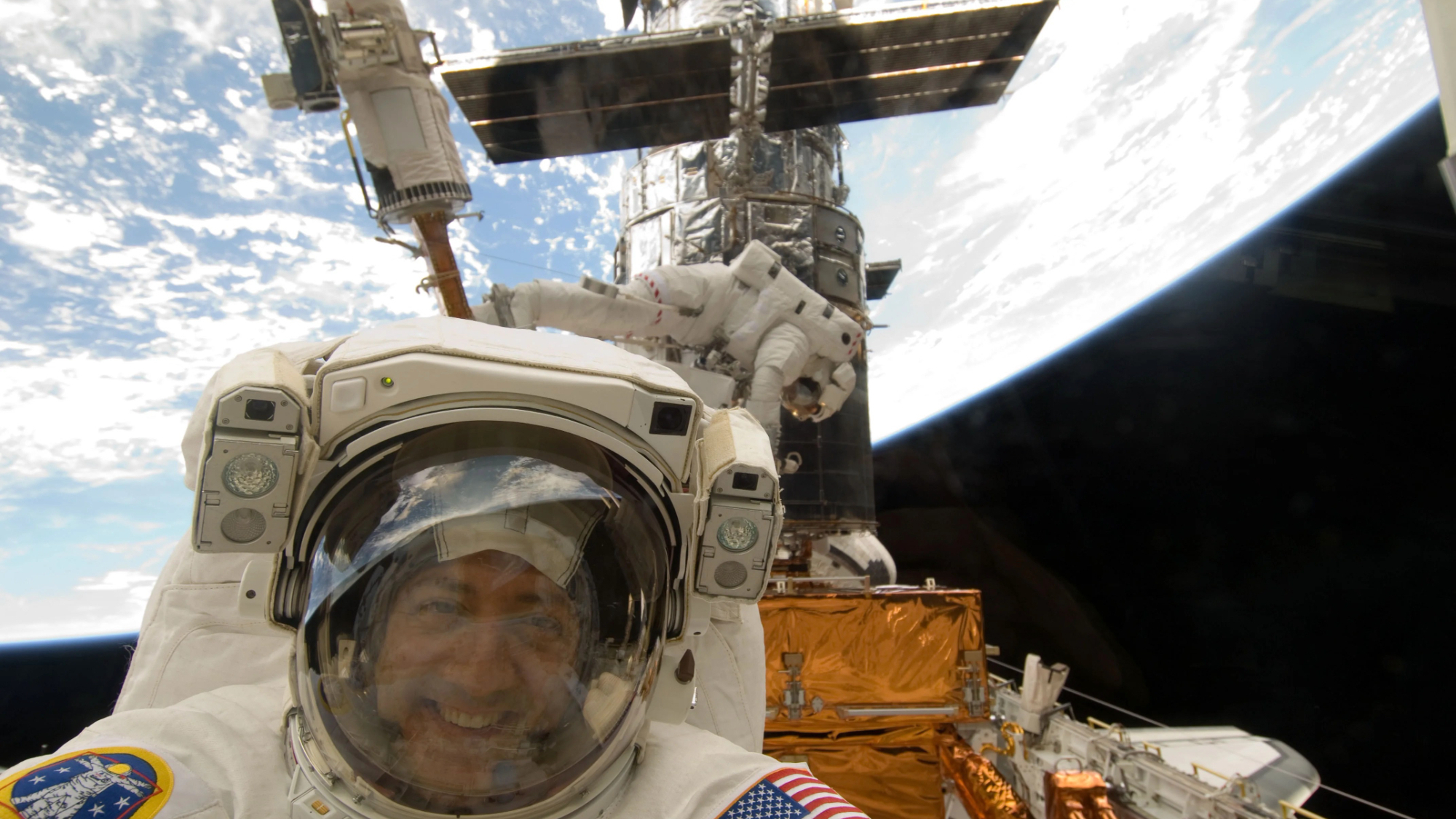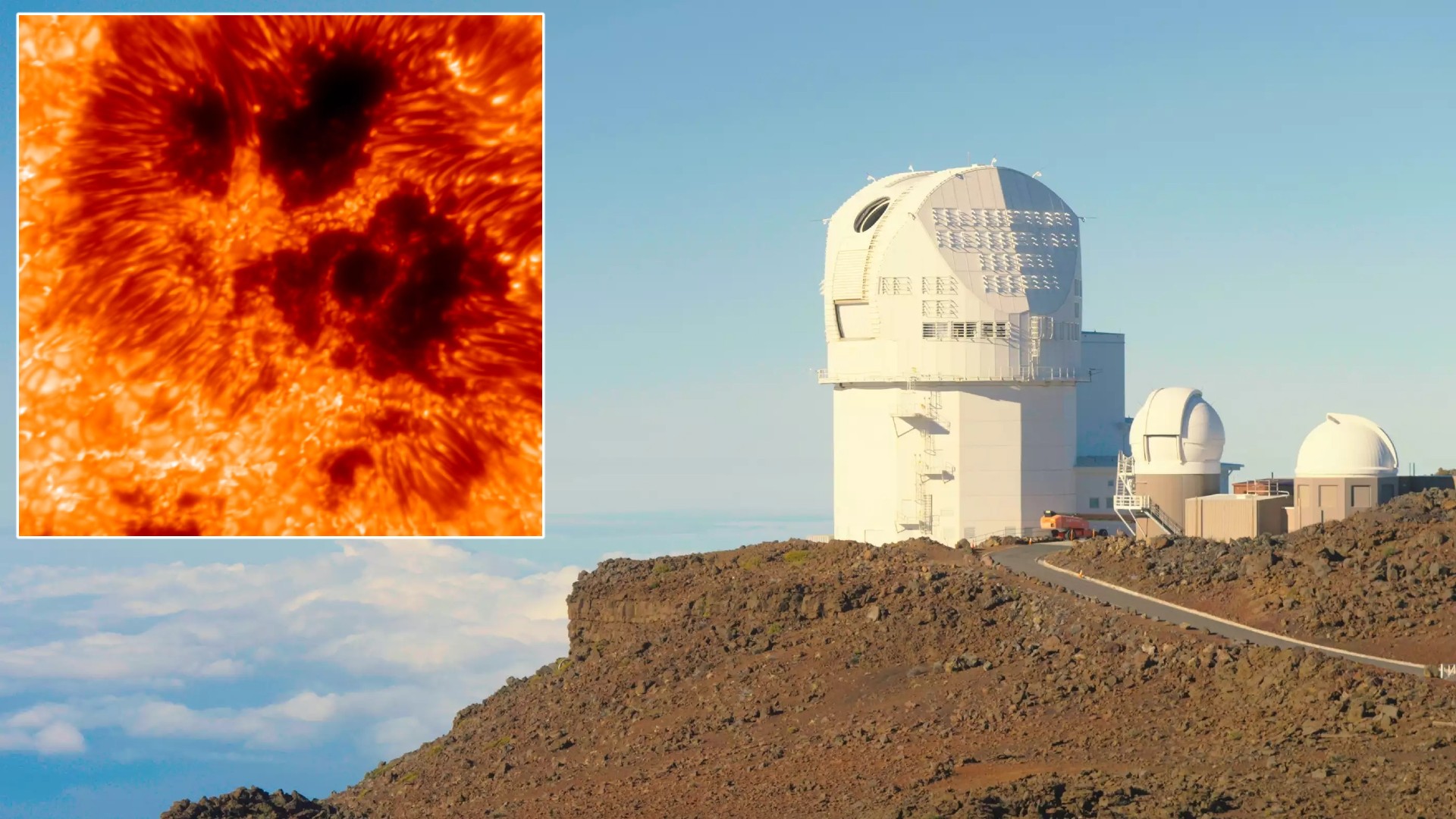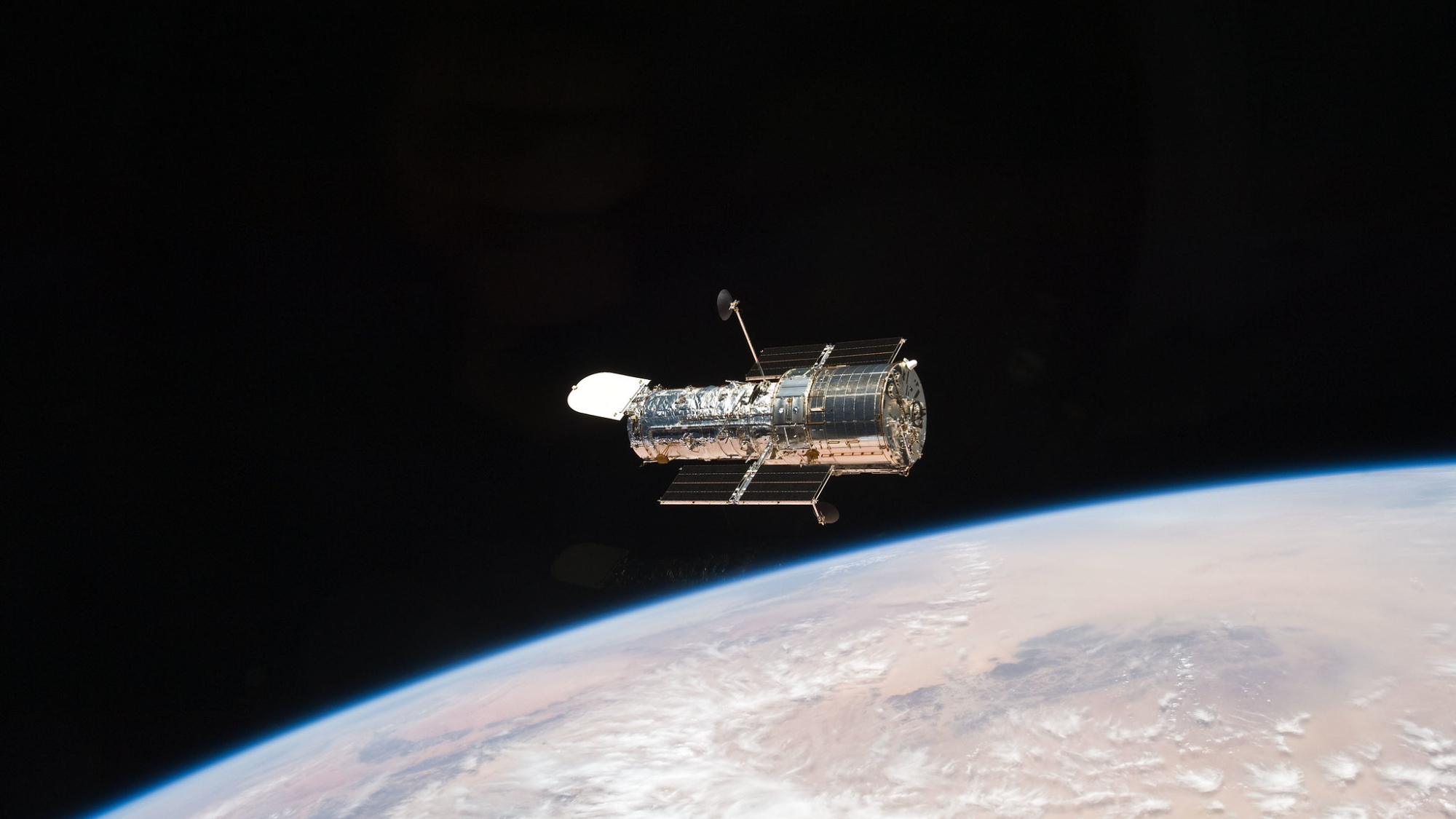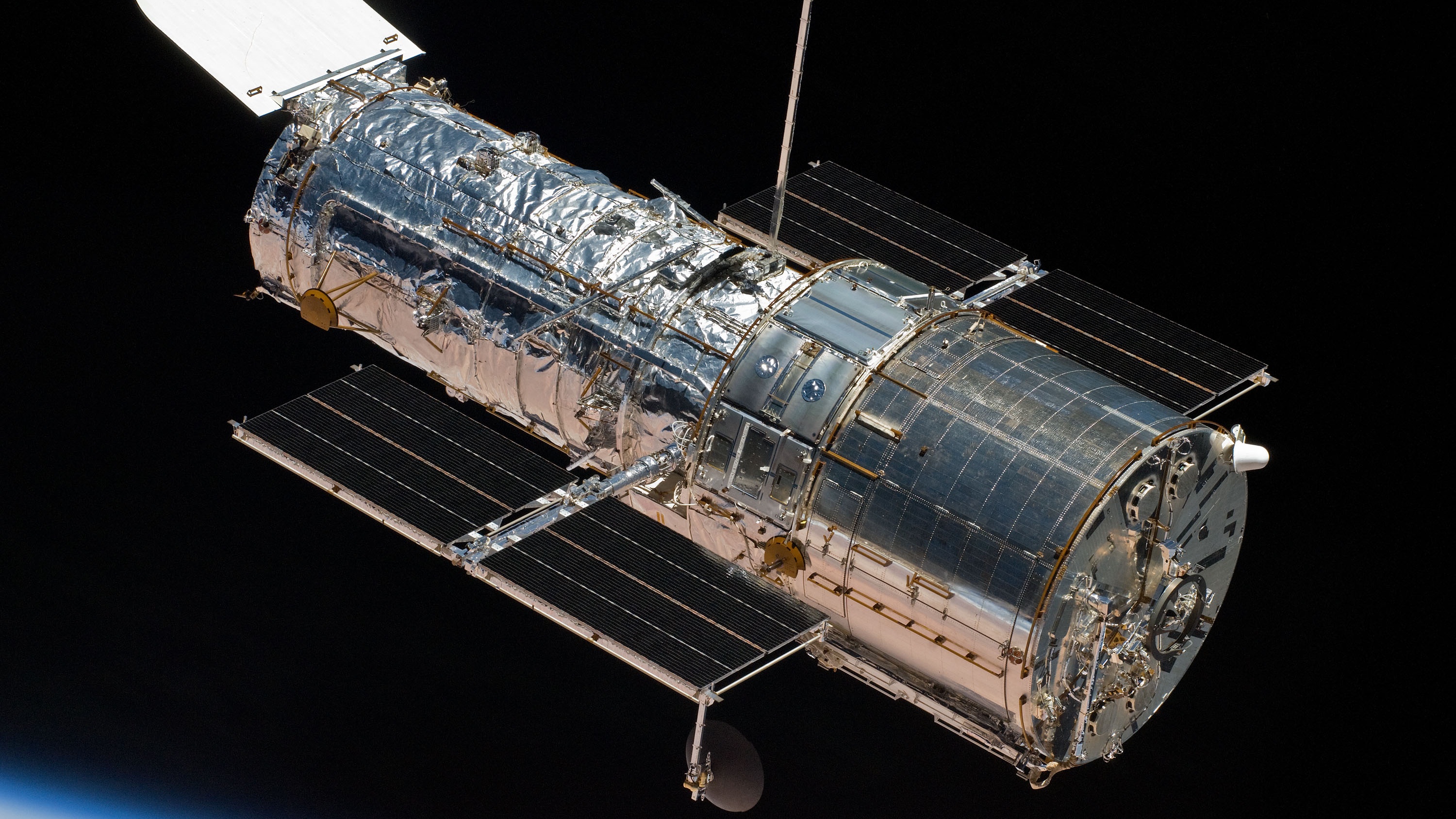Soyuz crew launches on 'ultrafast' two-orbit flight to space station
The trip took just 3 hours.
An American astronaut and two Russian cosmonauts have launched to the International Space Station just ahead of and to extend 20 years of a continuous human presence in Earth orbit.
Kate Rubins of NASA, together with Sergey Ryzhikov and Sergey Kud-Sverchkov of Roscosmos, lifted off on Russia's Soyuz MS-17 spacecraft from the Baikonur Cosmodrome in Kazakhstan on Wednesday (Oct. 14). Their launch, atop a Soyuz-2.1a rocket, began at 1:45 a.m. EDT (0545 GMT; 10:45 a.m. local Kazakh time).
The three crewmates are docked their Soyuz at the station's Rassvet module at 4:48 a.m. EDT (0848 GMT) after a two-orbit rendezvous, wrapping up a three-hour, three-minute trip. This mission marks the first crewed use of an "ultrafast" flight plan, which will see the Soyuz arrive at the space station within three hours of its launch, rather than following an earlier expedited six-hour track or two-day path.
In photos: The Expedition 63 mission to the International Space Station

"This two-orbit rendezvous has been modeled for quite a while now. It has been tested with Progress [cargo] vehicles," Ryzhikov said in a pre-launch press conference on Tuesday (Oct. 13). "We will be reaching the station a lot sooner than we have reached Baikonur coming out from Moscow."
Rubins, Ryzhikov and Kud-Sverchkov's launch came two and a half weeks before the 20-year anniversary of the space station's first crew taking up residency on the orbital complex. The Expedition 1 crew, also comprised of an American and two Russians — William Shepard, Yuri Gidzenko and Sergei Krikalev — began their stay on Nov. 2, 2000.
"The 20-year anniversary of a continuous human presence in space is going to be quite an event, and I think all three of us look forward to being there during that time," said Rubins. "I think the International Space Station is one of the most incredible engineering achievements in human history, and certainly it ranks very high on spaceflight achievements. It is quite a marvel to see such a giant machine that was built entirely by humans and flown off the surface of Earth still persists in space 20 years later."
Get the Space.com Newsletter
Breaking space news, the latest updates on rocket launches, skywatching events and more!
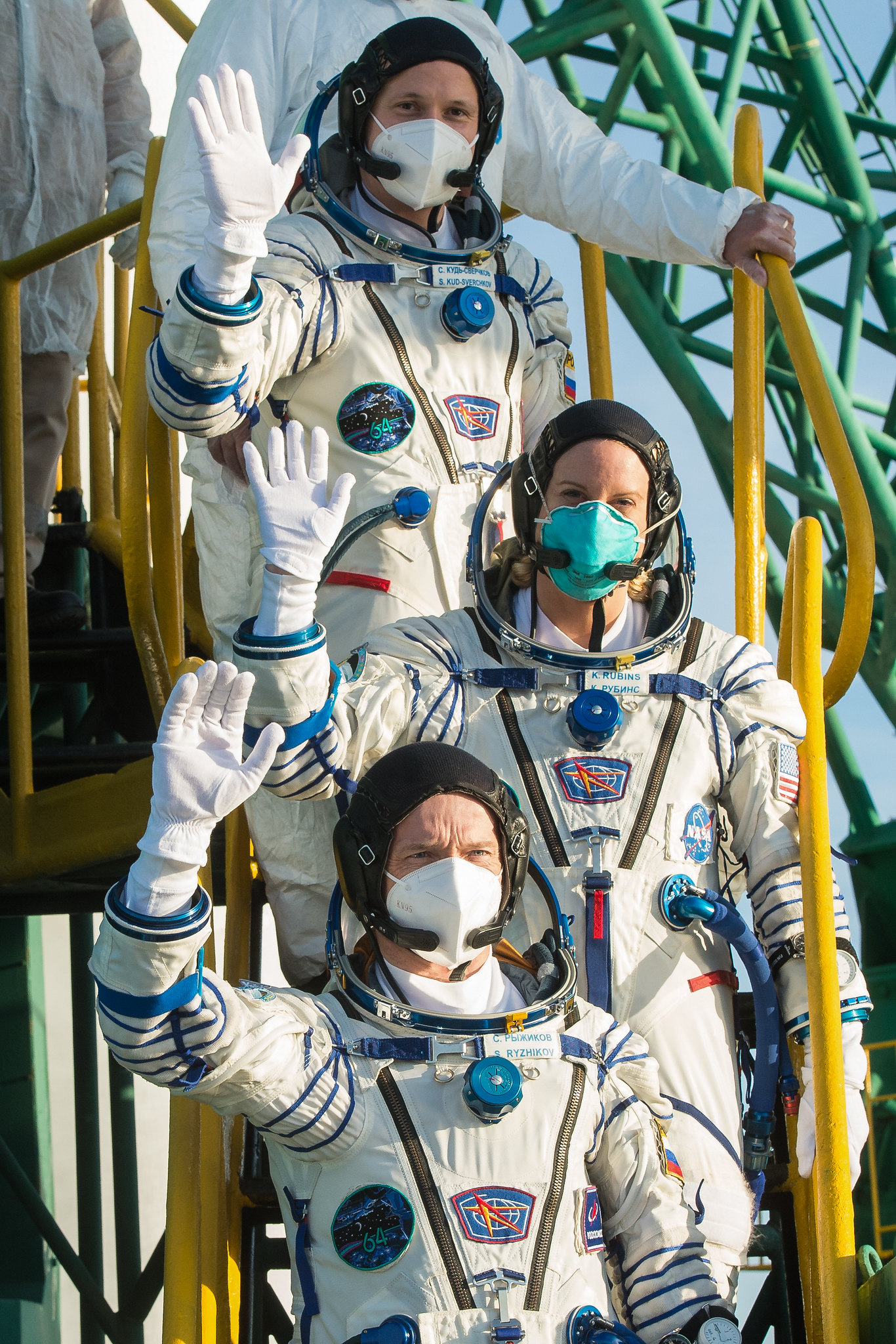
On board the space station since April, awaiting Rubins, Ryzhikov and Kud-Sverchkov, are Expedition 63 commander Chris Cassidy of NASA and Roscosmos flight engineers Anatoli Ivanishin and Ivan Vagner. The six crew members will serve together for seven days before Cassidy, Ivanishin and Vagner return to Earth on Soyuz MS-16, leaving Rubins, Ryzhikov and Kud-Sverchkov to begin Expedition 64.
Expedition 64, under Ryzhikov's command, will be a three-person complement until the launch of SpaceX's Crew-1 mission with four astronauts. Michael Hopkins, Victor Glover and Shannon Walker of NASA and Japan Aerospace Exploration Agency (JAXA) astronaut Soichi Noguchi are targeted to lift off on a Dragon spacecraft by mid-November, pending the resolution of an engine issue that led to the abort of a SpaceX launch on Oct. 2.
In photos: SpaceX's historic Demo-2 test flight with astronauts
During their six-month mission, Rubins, Ryzhikov and Kud-Sverchkov will conduct hundreds of science experiments and technology demonstrations in a diverse field of disciplines, including biology, biotechnology, physical and Earth science.
"We are planning to try some really interesting things like bio-printing tissues and growing cells in space, and, of course, continuing our work on sequencing DNA," said Rubins, who in 2016 became the first astronaut to sequence DNA in space.
The three station residents will also oversee the arrival of several resupply spacecraft, including Progress vehicles, the first of SpaceX's second-generation Dragon cargo capsules and a Northrop Grumman Cygnus spacecraft. The three may also be on the station for the first docking by a Boeing CST-100 Starliner spacecraft on an uncrewed orbital flight test, which is targeted for early 2021.
Ryzhikov and Kud-Sverchkov are slated to perform spacewalks to prepare for the jettison of the Russian Pirs docking compartment and the addition of the Nauka ("Science") multipurpose laboratory module. The Pirs module was first added to the space station in 2001.
For Rubins, a microbiologist who lived on the space station for 115 days in 2016, Wednesday's launch marked a personal milestone: her 42nd birthday.
"I feel like this will be a birthday I will never be able to beat. It is pretty funny to launch to space on your birthday," Rubins said in an interview with collectSPACE. She is now the fifth U.S. astronaut to have launched on her birthday after Richard Truly on STS-2 in 1981, Dale Gardner on STS-51A in 1984, Kent Rominger on STS-85 in 1997 and John Phillips on Soyuz TMA-6 in 2005.
Ryzhikov, a 46-year-old Russian Air Force pilot, is also on his second spaceflight, having previously served with Rubins on Expedition 49 in 2016. Kud-Sverchkov, a 37-year-old aerospace engineer, is on his first mission.
Soyuz MS-17 is Russia's 63rd Soyuz spacecraft to launch for the International Space Station since 2000 and 146th to fly since the first Soyuz mission in 1967. It is the 100th spacecraft to launch a crew toward the space station, including the Soyuz MS-10 in-flight abort in 2018.
Editor's note: This story was updated at 11 am EDT to clarify that Yuri Gidzenko was one of the Expedition 1 crewmembers in 2000. The original version said Yuri Lonchakov.
Follow collectSPACE.com on Facebook and on Twitter at @collectSPACE. Copyright 2020 collectSPACE.com. All rights reserved.
Join our Space Forums to keep talking space on the latest missions, night sky and more! And if you have a news tip, correction or comment, let us know at: community@space.com.

Robert Pearlman is a space historian, journalist and the founder and editor of collectSPACE.com, a daily news publication and community devoted to space history with a particular focus on how and where space exploration intersects with pop culture. Pearlman is also a contributing writer for Space.com and co-author of "Space Stations: The Art, Science, and Reality of Working in Space” published by Smithsonian Books in 2018.In 2009, he was inducted into the U.S. Space Camp Hall of Fame in Huntsville, Alabama. In 2021, he was honored by the American Astronautical Society with the Ordway Award for Sustained Excellence in Spaceflight History. In 2023, the National Space Club Florida Committee recognized Pearlman with the Kolcum News and Communications Award for excellence in telling the space story along the Space Coast and throughout the world.
-
Jason K If this was the 63rd Soyuz launch to ISS (including the 2018 aborted attempt), and there were 37 STS launches to the ISS plus 1 manned Dragon launch, wouldn't Soyuz MS-17 mark the 101st (manned) spacecraft launched to ISS?Reply -
collectSPACE One of the 63 Soyuz ISS launches, Soyuz MS-14, flew without a crew (it carried a robot instead). So MS-17 is the 100th spacecraft to launch with a crew towards the ISS.Reply


